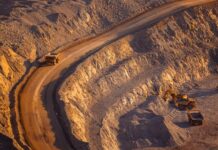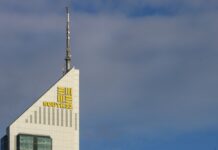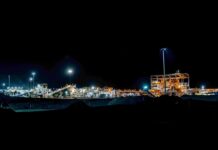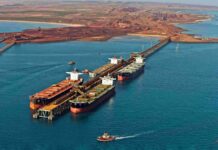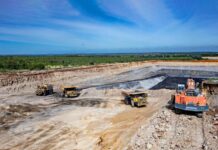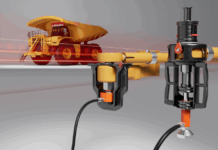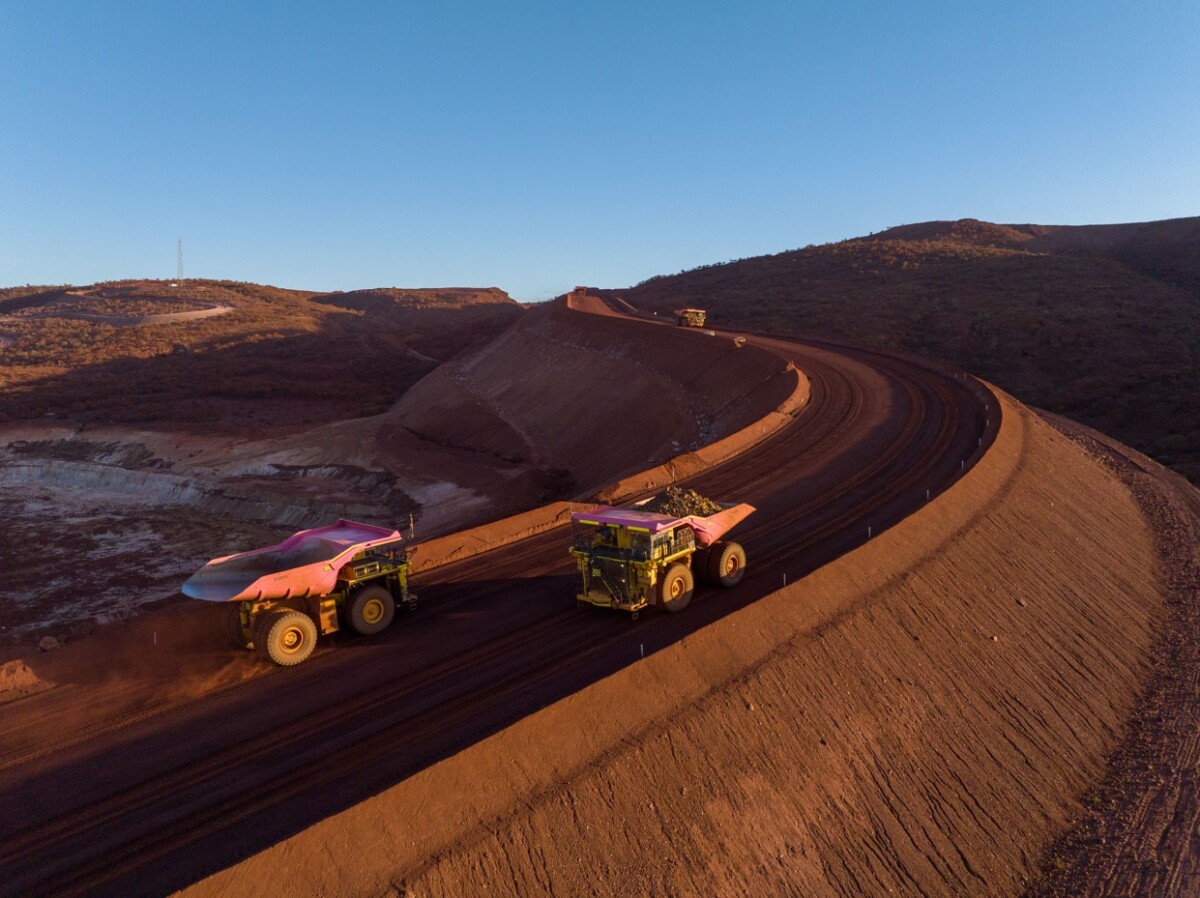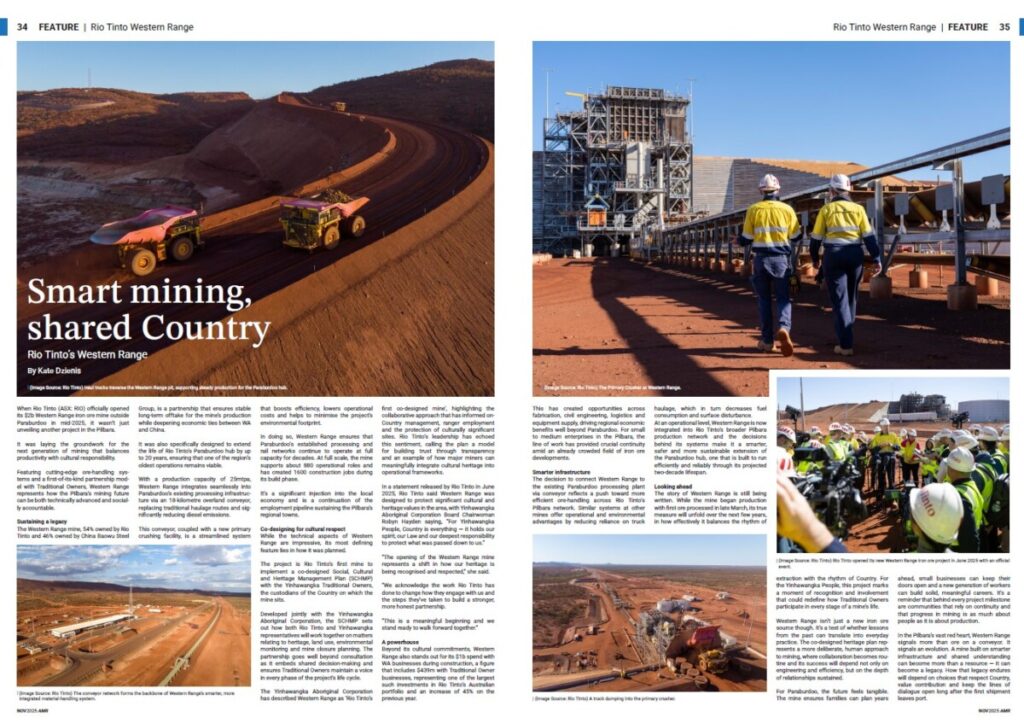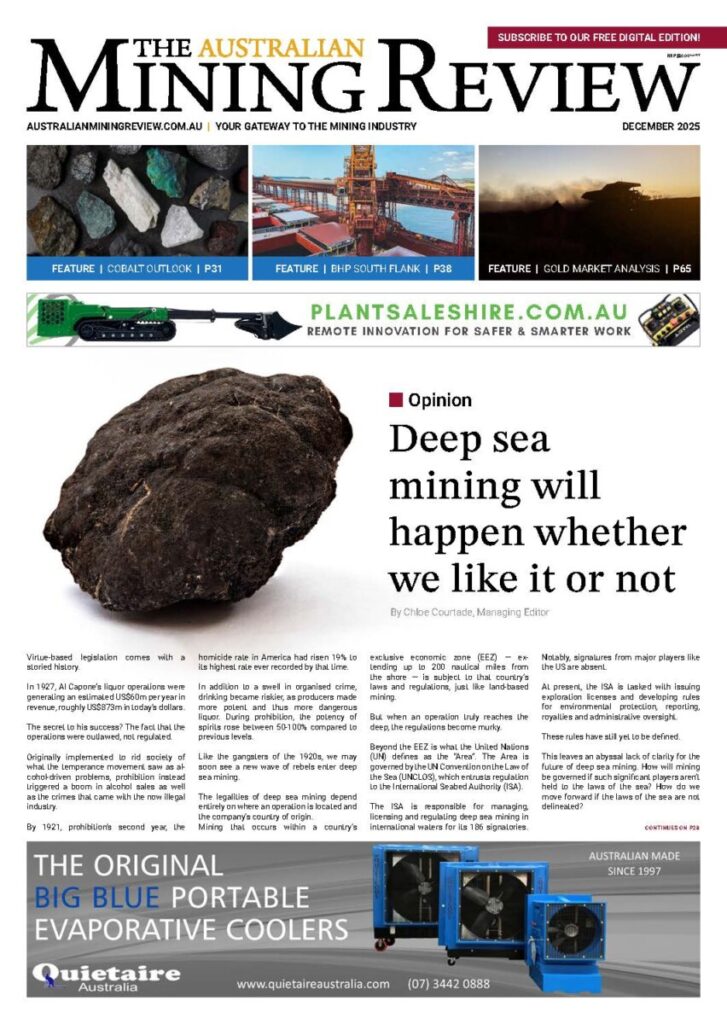Smart mining, shared Country
Rio Tinto’s Western Range
When Rio Tinto (ASX: RIO) officially opened its $2b Western Range iron ore mine outside Paraburdoo in mid-2025, it wasn’t just unveiling another project in the Pilbara.
It was laying the groundwork for the next generation of mining that balances productivity with cultural responsibility.
Featuring cutting-edge ore-handling systems and a first-of-its-kind partnership model with Traditional Owners, Western Range represents how the Pilbara’s mining future can be both technically advanced and socially accountable.
Sustaining a legacy
The Western Range mine, 54% owned by Rio Tinto and 46% owned by China Baowu Steel Group, is a partnership that ensures stable long-term offtake for the mine’s production while deepening economic ties between WA and China.
It was also specifically designed to extend the life of Rio Tinto’s Paraburdoo hub by up to 20 years, ensuring that one of the region’s oldest operations remains viable.
With a production capacity of 25mtpa, Western Range integrates seamlessly into Paraburdoo’s existing processing infrastructure via an 18-kilometre overland conveyor, replacing traditional haulage routes and significantly reducing diesel emissions.
This conveyor, coupled with a new primary crushing facility, is a streamlined system that boosts efficiency, lowers operational costs and helps to minimise the project’s environmental footprint.
In doing so, Western Range ensures that Paraburdoo’s established processing and rail networks continue to operate at full capacity for decades. At full scale, the mine supports about 880 operational roles and has created 1600 construction jobs during its build phase.
It’s a significant injection into the local economy and is a continuation of the employment pipeline sustaining the Pilbara’s regional towns.
Co-designing for cultural respect
While the technical aspects of Western Range are impressive, its most defining feature lies in how it was planned.
The project is Rio Tinto’s first mine to implement a co-designed Social, Cultural and Heritage Management Plan (SCHMP) with the Yinhawangka Traditional Owners, the custodians of the Country on which the mine sits.
Developed jointly with the Yinhawangka Aboriginal Corporation, the SCHMP sets out how both Rio Tinto and Yinhawangka representatives will work together on matters relating to heritage, land use, environmental monitoring and mine closure planning. The partnership goes well beyond consultation as it embeds shared decision-making and ensures Traditional Owners maintain a voice in every phase of the project’s life cycle.
The Yinhawangka Aboriginal Corporation has described Western Range as ‘Rio Tinto’s first co-designed mine’, highlighting the collaborative approach that has informed on-Country management, ranger employment and the protection of culturally significant sites. Rio Tinto’s leadership has echoed this sentiment, calling the plan a model for building trust through transparency and an example of how major miners can meaningfully integrate cultural heritage into operational frameworks.
In a statement released by Rio Tinto in June 2025, Rio Tinto said Western Range was designed to protect significant cultural and heritage values in the area, with Yinhawangka Aboriginal Corporation Board Chairwoman Robyn Hayden saying, “For Yinhawangka People, Country is everything — it holds our spirit, our Law and our deepest responsibility to protect what was passed down to us.”
“The opening of the Western Range mine represents a shift in how our heritage is being recognised and respected,” she said.
“We acknowledge the work Rio Tinto has done to change how they engage with us and the steps they’ve taken to build a stronger, more honest partnership.
“This is a meaningful beginning and we stand ready to walk forward together.”
A powerhouse
Beyond its cultural commitments, Western Range also stands out for its $1b spend with WA businesses during construction, a figure that includes $439m with Traditional Owner businesses, representing one of the largest such investments in Rio Tinto’s Australian portfolio and an increase of 45% on the previous year.
This has created opportunities across fabrication, civil engineering, logistics and equipment supply, driving regional economic benefits well beyond Paraburdoo. For small to medium enterprises in the Pilbara, the line of work has provided crucial continuity amid an already crowded field of iron ore developments.
Smarter infrastructure
The decision to connect Western Range to the existing Paraburdoo processing plant via conveyor reflects a push toward more efficient ore-handling across Rio Tinto’s Pilbara network. Similar systems at other mines offer operational and environmental advantages by reducing reliance on truck haulage, which in turn decreases fuel consumption and surface disturbance.
At an operational level, Western Range is now integrated into Rio Tinto’s broader Pilbara production network and the decisions behind its systems make it a smarter, safer and more sustainable extension of the Paraburdoo hub, one that is built to run efficiently and reliably through its projected two-decade lifespan.
Looking ahead
The story of Western Range is still being written. While the mine began production with first ore processed in late March, its true measure will unfold over the next few years, in how effectively it balances the rhythm of extraction with the rhythm of Country. For the Yinhawangka People, this project marks a moment of recognition and involvement that could redefine how Traditional Owners participate in every stage of a mine’s life.
Western Range isn’t just a new iron ore source though. It’s a test of whether lessons from the past can translate into everyday practice. The co-designed heritage plan represents a more deliberate, human approach to mining, where collaboration becomes routine and its success will depend not only on engineering and efficiency, but on the depth of relationships sustained.
For Paraburdoo, the future feels tangible. The mine ensures families can plan years ahead, small businesses can keep their doors open and a new generation of workers can build solid, meaningful careers. It’s a reminder that behind every project milestone are communities that rely on continuity and that progress in mining is as much about people as it is about production.
In the Pilbara’s vast red heart, Western Range signals more than ore on a conveyor. It signals an evolution. A mine built on smarter infrastructure and shared understanding can become more than a resource — it can become a legacy. How that legacy endures will depend on choices that respect Country, value contribution and keep the lines of dialogue open long after the first shipment leaves port.


